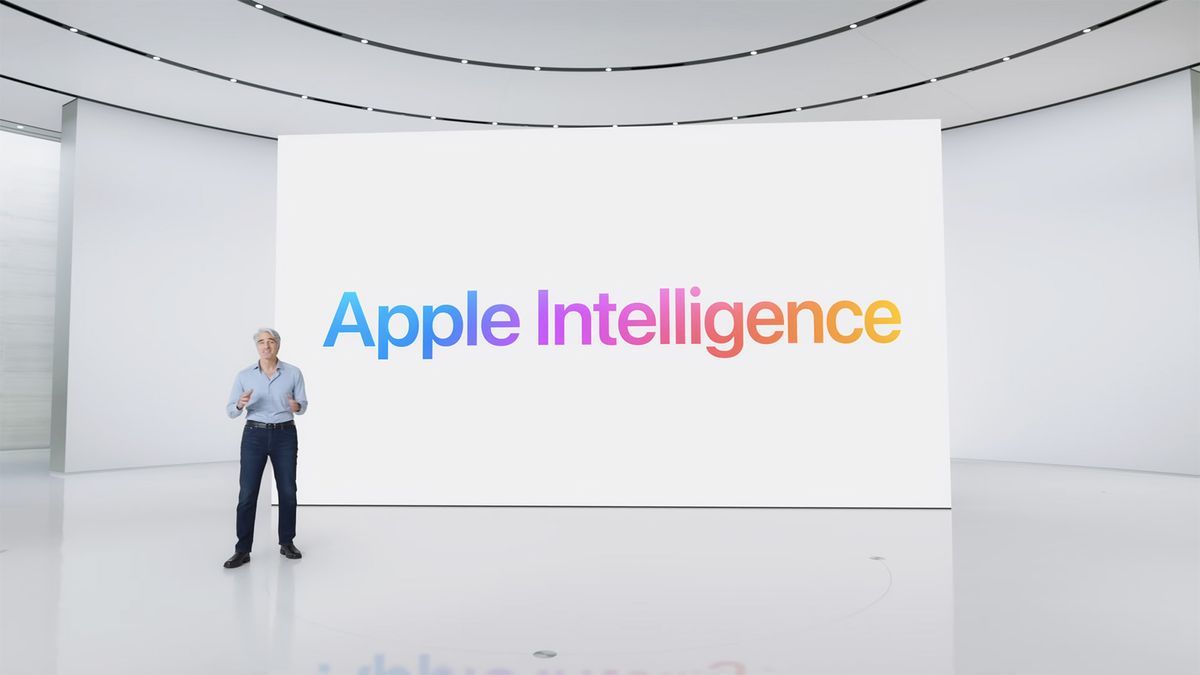By now you'll be very familiar with most, if not all, of the artificial intelligence—sorry, “Apple Intelligence”—features it announced at its WWDC 2024, but during the reveal, the company went out of its way to talk about the steps. was taking to safeguard user privacy.
To support Apple Intelligence, Apple introduced Private Cloud Compute (PCC). This cloud intelligence system extends Apple's security and privacy standards to cloud-based AI processing. PCC ensures that the user's personal data submitted to PCC remains inaccessible to anyone other than the user, including Apple.
In a blog post about Private Cloud Compute and how it works to keep user data secure, Apple said: “Built with custom Apple silicon and a hardened operating system designed for privacy, we believe PCC is the most advanced security architecture never implemented for AI in the cloud. calculate to scale.”
Designed to support LLM inference workloads
Yes, Apple says it has written a beefed-up operating system. The company is not talking about the latest versions of macOS or iOS announced at WWDC, but about something completely different.
No details were given about this operating system, not even its name, but Apple mentioned it later in the blog post.
After stating: “The root of Private Cloud Compute's trust is our compute node: custom server hardware that brings the power and security of Apple silicon to the data center, with the same hardware security technologies used in the iPhone, including Secure Enclave. and secure boot,” the company added, “we paired this hardware with a new operating system: a hardened subset of the iOS and macOS foundations designed to support large language model (LLM) inference workloads while featuring a extremely narrow attack surface.”
While we don't know much about the new operating system Apple designed for PCC, we will soon find out. The company says: “When we launch Private Cloud Compute, we will take the extraordinary step of making software images of every production version of PCC publicly available for security research.” That includes all relevant applications and executables, and the operating system itself. Apple adds: “The software will be released within 90 days after it is included in the registry, or after relevant software updates become available, whichever comes first.”









